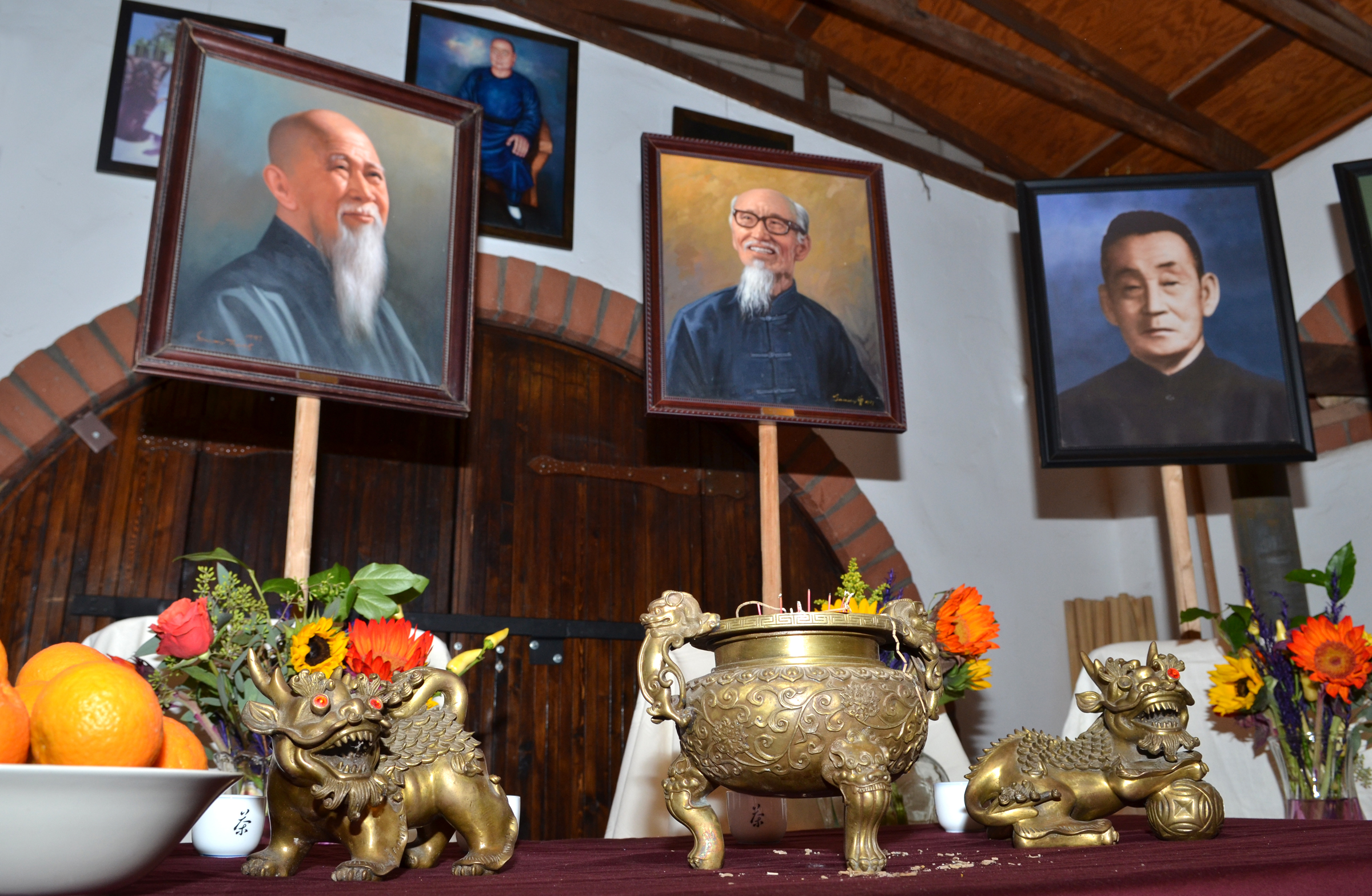The North American Tang Shou Tao schools all share a common training philosophy that can be summed up with the idea that our ancestors deserve our utmost respect and that any changes to the way they taught how to do things cannot be made easily or lightly.
While we acknowledge the need for an art to evolve and grow in order to stay vibrant and connected to the communities in which we live, we strongly believe that the wisdom handed down by our past teachers is largely timeless and should be preserved as a priority.
The arts of the association are divided between the martial and the medical. The martial arts are for developing self-defense skills and, therefore, cannot be separated from the realities of fighting. Yet, Hsu Hong-Chi said, ”Fighting is easy. Anyone can learn to do it in a few months,” and a proverb says, ”Time spent training is long, time spent vanquishing the enemy is short.” So the manner of training must not allow short-term gains in combat effectiveness to interfere with long-term gains in physical, mental, emotional and spiritual health.
The training must follow natural principles and produce natural results. There are no magical elements at all. If a person achieves great skill, they may appear magical to the uninformed, but, in fact, they are simply being skillful. The skills of gongfu are subtle and require time, dedication, patience, and endurance, but they must never leave what is normal and natural.
One of the great benefits of martial training is that every posture and movement has a purpose that can be tested. It has been found that what is optimal is true and what is true should remain so across multiple disciplines. This means that, paradoxically, what is best practice for martial skill is also best practice for health and well-being.
The first purpose of the art as a method of self-defense must be respected. Practically speaking, this means that in a school, it should be observable that the method can and does produce capable fighters.
We do not believe that everyone in a school has to be involved with the fighting aspect. In fact, the health and well being that training brings should be enjoyed by people of all sorts: young, old, healthy or weak. We believe the heart of the school must be kept by people engaged in the study of boxing and self-defense skills.
Our tradition says that 40% of a school’s membership should be competent and capable in pugilism for the art to remain active.


